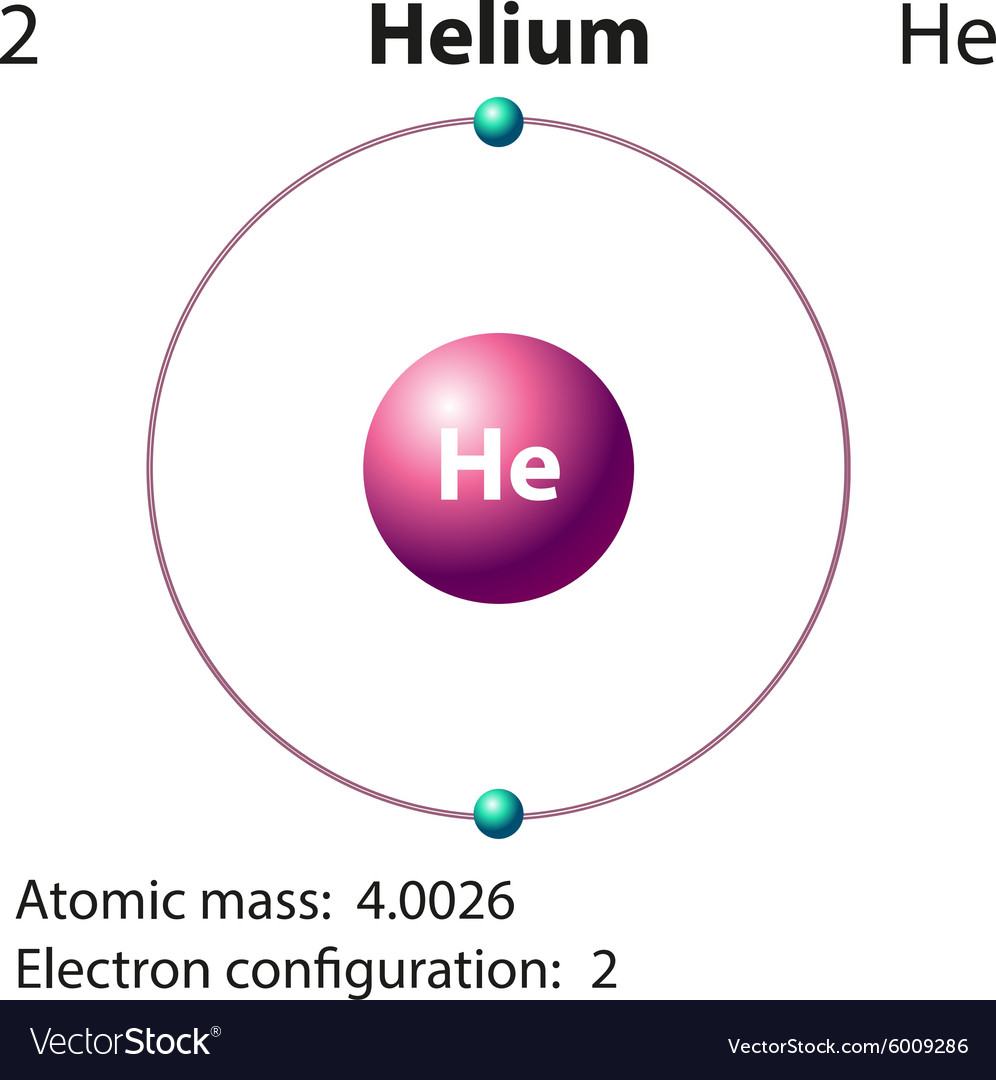

It would be another 12 years before the Scottish chemist William Ramsey found further experimental evidence of this new element. In 1882, the Italian physicist Luigi Palmieri was analyzing lava from Mount Vesuvius when he noticed that same telltale yellow spectral line in his data - the first indication of helium on Earth. Others thought helium could exist only in the sun. Initially it was a dubious honor: Many colleagues doubted this could be a new element and ridiculed their conclusions. His paper detailing those observations arrived at the French Academy of Sciences on the same day as Janssen’s paper, so both men received credit for the discovery of helium. Some 5,000 miles away, on October 20, 1868, the English astronomer Joseph Norman Lockyer also succeeded in observing the solar prominences in broad daylight. That is how he came to invent the spectrohelioscope to better analyze the sun’s spectrum. The line was bright enough, he thought, that it should be visible even without the aid of an eclipse, provided a means could be found to filter out all but that wavelength of visible light.

In fact, it didn’t match the wavelength of any known element to date. But on August 18, when he observed the sun’s spectrum through his spectroscope, he noticed that the wavelength of the yellow line supposedly indicating the presence of sodium didn’t actually match up to the wavelength for that element. He focused on the solar prominences and concluded they mostly comprise hydrogen gas, heated to extremely high temperatures. In 1868, Janssen traveled to Guntur, India, to observe the solar eclipse. For instance, he traveled to Peru to study the magnetic equator, and to Italy and Switzerland to study the solar spectrum.

But his interests extended far beyond that specialty, and he found himself involved in numerous scientific expeditions relating to astronomy and geophysics. He studied mathematics and physics at the University of Paris, eventually becoming a professor of architecture there in 1865. The best way to make such observations, scientists believed, was during a solar eclipse.īorn in Paris, Pierre Janssen suffered an accident as a child that left him permanently lame. Astronomers were particularly interested in studying solar prominences: colorful flame-like bursts now known to be hot clouds of dense gas. Kirchoff used this method to discover cesium and rubidium. In 1859, Gustav Kirchoff realized it was possible to deduce the chemical composition of the sun and other stars by analyzing the spectra of the light they emit. In fact, it is so rare that helium was discovered only in 1868, thanks to the efforts of two scientists in particular, one in England, and the other in France. Pierre Janssen (top) and Joseph Norman Lockyer (bottom), discovers of helium.ĭespite being the second most abundant element in the observable universe, helium is relatively rare on Earth, the product of the radioactive decay of elements like uranium.


 0 kommentar(er)
0 kommentar(er)
